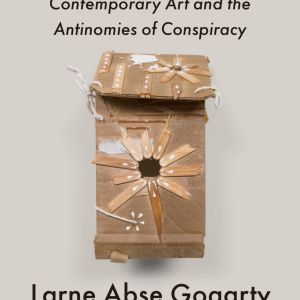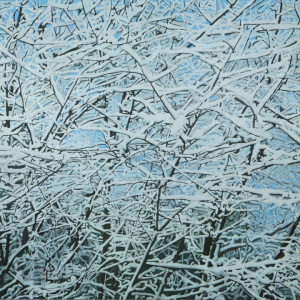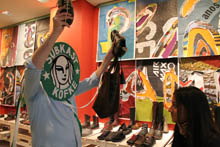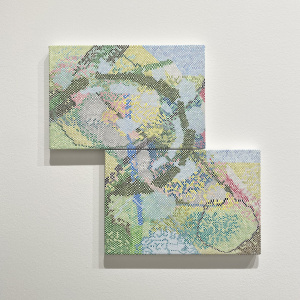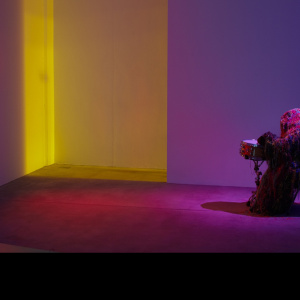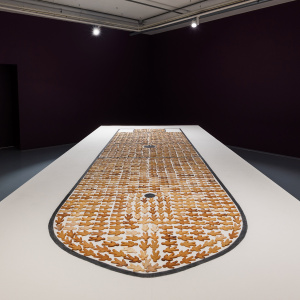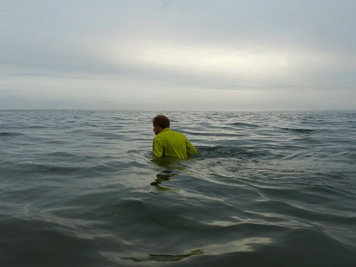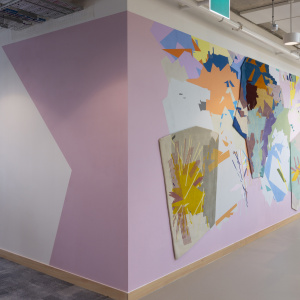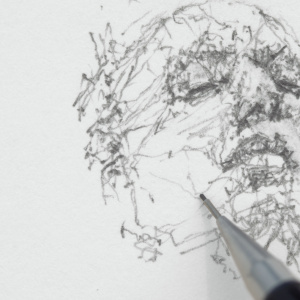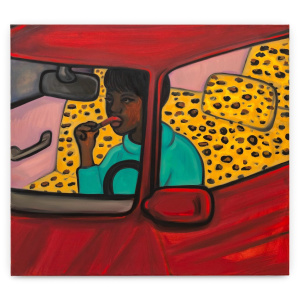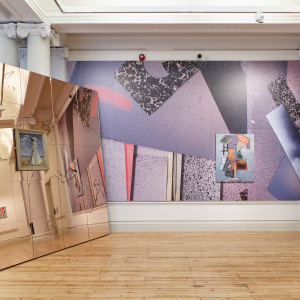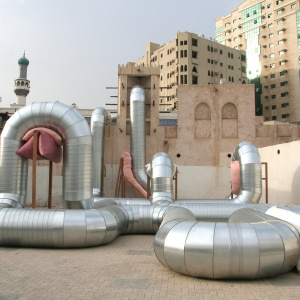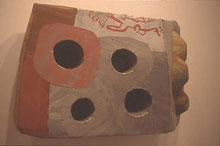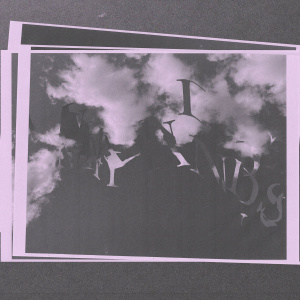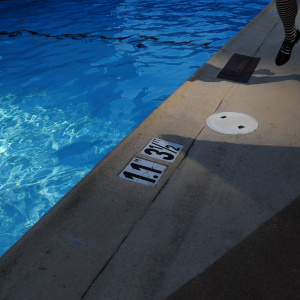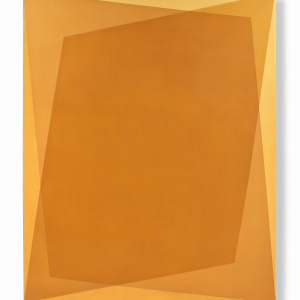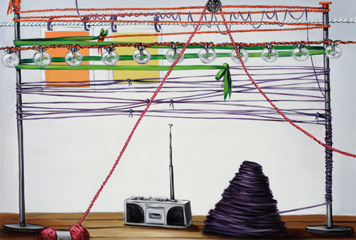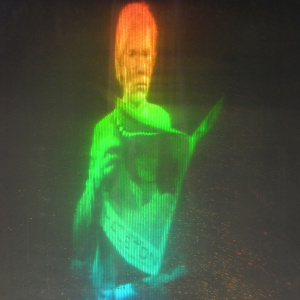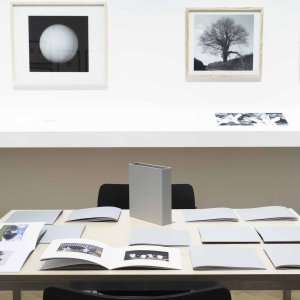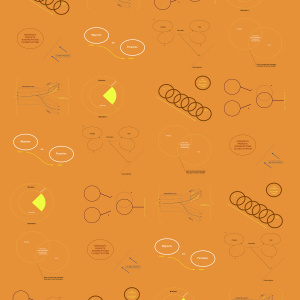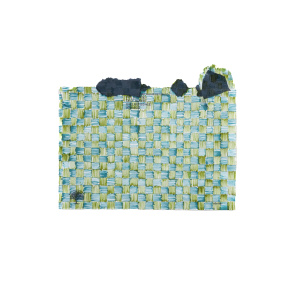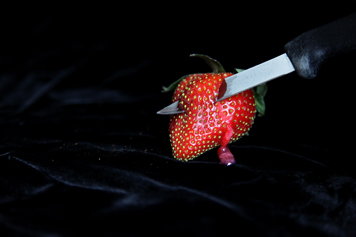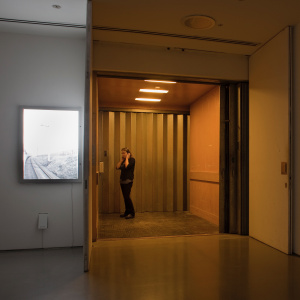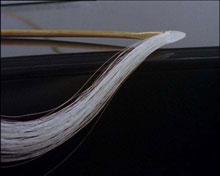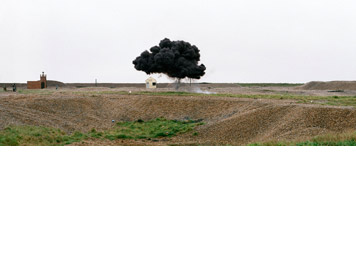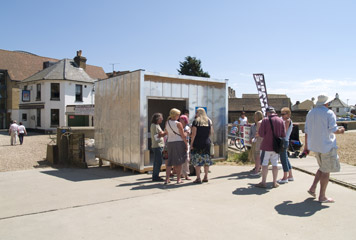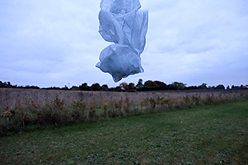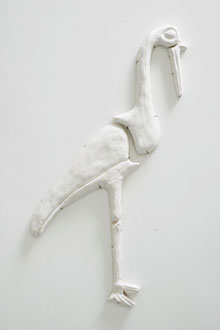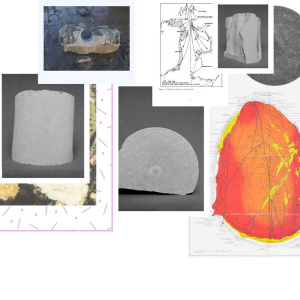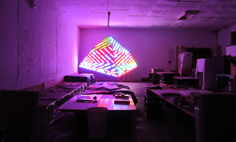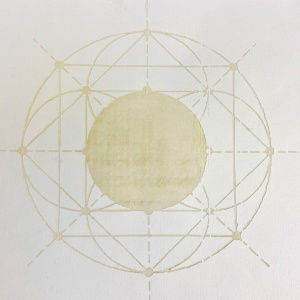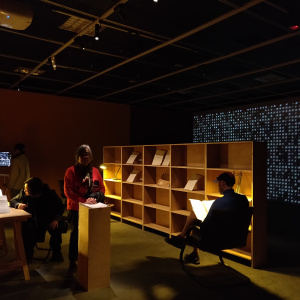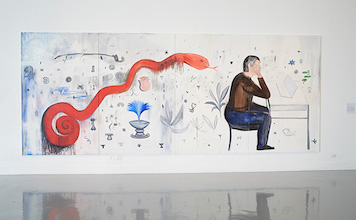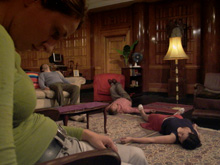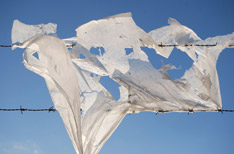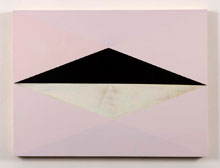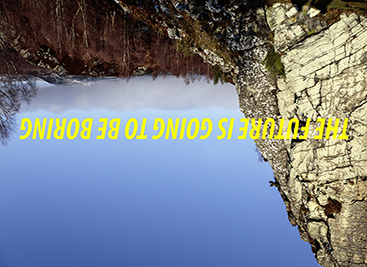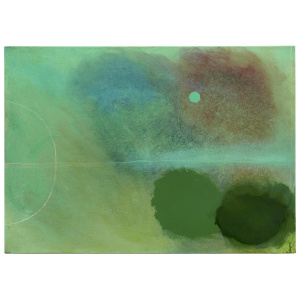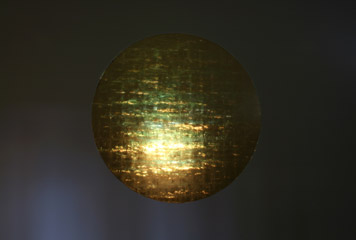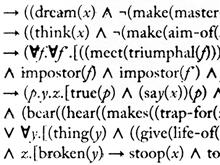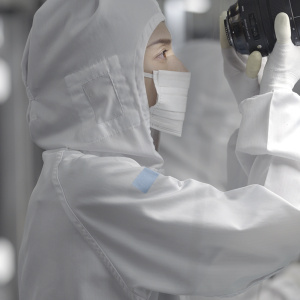Teaching staff
-
Larne Abse Gogarty
- Associate Professor, Head of History and Theory of Art, Director of Teaching -
Kate Bright
- Associate Professor, Head of Undergraduate Sculpture (spring and summer terms 2024) -
David Burrows
- Professor, Head of Undergraduate Fine Art Media -
Peter Davies
- Lecturer, Painting -
Benedict Drew
- Lecturer, Fine Art Media -
Mary Evans
- Slade Director -
Simon Faithfull
- Professor, Fine Art Media -
Lilah Fowler
- Associate Professor, Sculpture -
Dryden Goodwin
- Professor of Fine Art -
Madelynn Green
- Lecturer (Teaching) Painting -
Graham Gussin
- Associate Professor, Head of Graduate Fine Art Media -
Nadia Hebson
- Associate Professor, Co-Director of Studies, Graduate Programmes, Head of Graduate Painting, Graduate Tutor (MA/MFA) -
Holly Hendry
- Lecturer, Sculpture -
Neil Jeffries
- Lecturer, Painting -
Chris Kirubi
- Lecturer, Painting -
Kristen Kreider
- Professor, Head of Doctoral Programme -
Brighid Lowe
- Associate Professor, Sculpture -
Alastair Mackinven
- Lecturer, Painting -
Onya McCausland
- Lecturer, Head of Undergraduate Painting -
Lisa Milroy
- Professor, Painting -
Thomas Morgan-Evans
- Lecturer (Teaching), History and Theory of Art -
Sharon Morris
- Professor of Fine Art -
Sabrina Mumtaz Hasan
- Lecturer, Fine Art Media, Director of Undergraduate Studies, Director of EDI, Inclusion Lead -
Hayley Newman
- Associate Professor, Doctoral Programme -
Deborah Padfield
- Associate Professor, History and Theory of Art -
Katrina Palmer
- Associate Professor, Sculpture -
Jayne Parker
- Professor, Fine Art Media -
Sarah Pickering
- Associate Professor, Fine Art Media -
Kieren Reed
- Professor of Fine Art -
Liz Rideal
- Professor, Painting -
Karin Ruggaber
- Professor, of Fine Art, Co-Director of Studies, Graduate Programmes, Head of Graduate Sculpture -
Lesley Sharpe
- Lecturer (Teaching), Fine Art Media -
Joy Sleeman
- Professor History and Theory of Art, Director of Research -
Sandra Smith
- Lecturer (Teaching), Summer School and Short Courses -
Winnie Soon
- Associate Professor -
Andrew Stahl
- Professor, Painting -
Gary Stevens
- Associate Professor, Sculpture -
Jack Strange
- Lecturer, Sculpture -
Estelle Thompson
- Associate Professor, Painting -
Jon Thomson
- Professor, Fine Art Media -
Phoebe Unwin
- Associate Professor, Painting -
Jo Volley
- Associate Professor, Painting -
Patrick White
- Associate Professor (Teaching), Fine Art Media -
Carey Young
- Associate Professor, Fine Art Media
